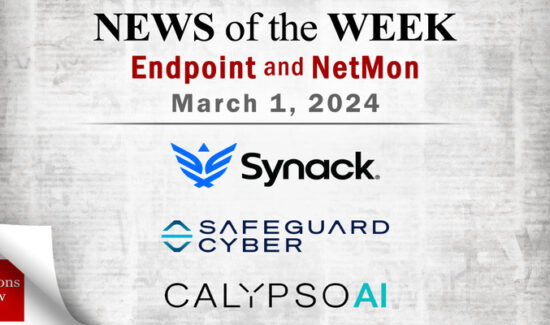Cybersecurity Progress with Leigh-Anne Galloway of Positive Technologies


What does cybersecurity progress look like?
This isn’t just an idle question. The answer shapes enterprises’ cybersecurity platforms and strategies and solutions providers designs for years to come. Your enterprise needs to stay at the forefront of cybersecurity progress to prevent, deter, or mitigate the newest versions of cyber threats.
But asking about cybersecurity progress leads to other questions: are we on the right track to obtain it? Is our present focus on current cyber attacks preventing cybersecurity progress overall?
To gain greater insight into cybersecurity progress and what it might mean for enterprises, we spoke to Leigh-Anne Galloway, Cyber Security Resilience Lead at Positive Technologies.
Here’s our conversation, edited slightly for readability:
Solutions Review: So the current buzz in cybersecurity right now involves quantum-protect networks, destructive mass attacks, and ransomware. Your thoughts on that hype? Why are enterprises and security experts latching onto it?
Leigh-Anne Galloway: As for mass attacks and ransomware, all the buzz is due to the effect they cause. The damage from such attacks is very noticeable and it’s easy to show, in terms of figures. That’s why big businesses are very worried about these threats. Those affected immediately see the damage from these types of attacks, which can be far-reaching and dramatically affect the business, causing everything from outages to lost business.
SR: Has the recent string of attacks impeded cybersecurity progress?
LAG: Cyber attacks are pushing the development of defense systems, and this is genuine progress. Over the past 10-15 years, a lot of technologies and devices have appeared, they came and continue to come with a lot of errors and vulnerabilities, which, in addition to convenience (it is convenient to use a smartphone, store information in the cloud, and use face recognition for payments) are a threat to humanity and the whole world.
The challenge of cybersecurity is to minimize the harmful effect of technical progress so that the benefits prevail over the threats.
How the whole process looks like this:
- Someone comes up with an idea which can bring them money, lets them earn on it.
- Business begins to implement the idea, and often the quality of implementation is sacrificed in the pursuit of new functionality and early access to the market.
- Criminals find a way to effectively monetize someone’s idea in their own way (through social engineering, programmer errors, etc.).
- Security officers are looking for a compromise so that customers can continue to use the system, but the risks have decreased to acceptable values.
SR: What do you think is next to come in cybersecurity?
LAG: Governments are becoming increasingly aware of the opportunities offered by cyberspace. More and more countries are announcing the creation of their own Cyber Security Centers and Cyber Forces. The world has begun to recognize the necessity of such systems. We will probably see a further progression of this situation.
Ms. Galloway’s perspective correlates with that of Richard Bird of Optiv—both point out cybersecurity progress suffers when enterprises focus on functionality and convenience. This may be worth remembering as your enterprise selects and deploys its endpoint security solution.
Thank you to Leigh-Anne Galloway, Cyber Security Resilience Lead at Positive Technologies, for her time and expertise!
























